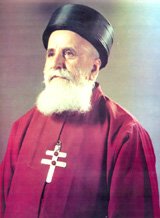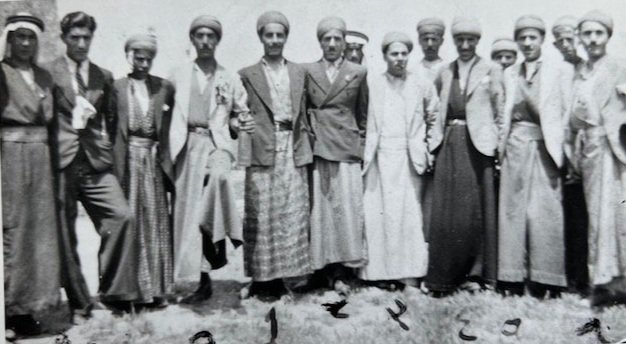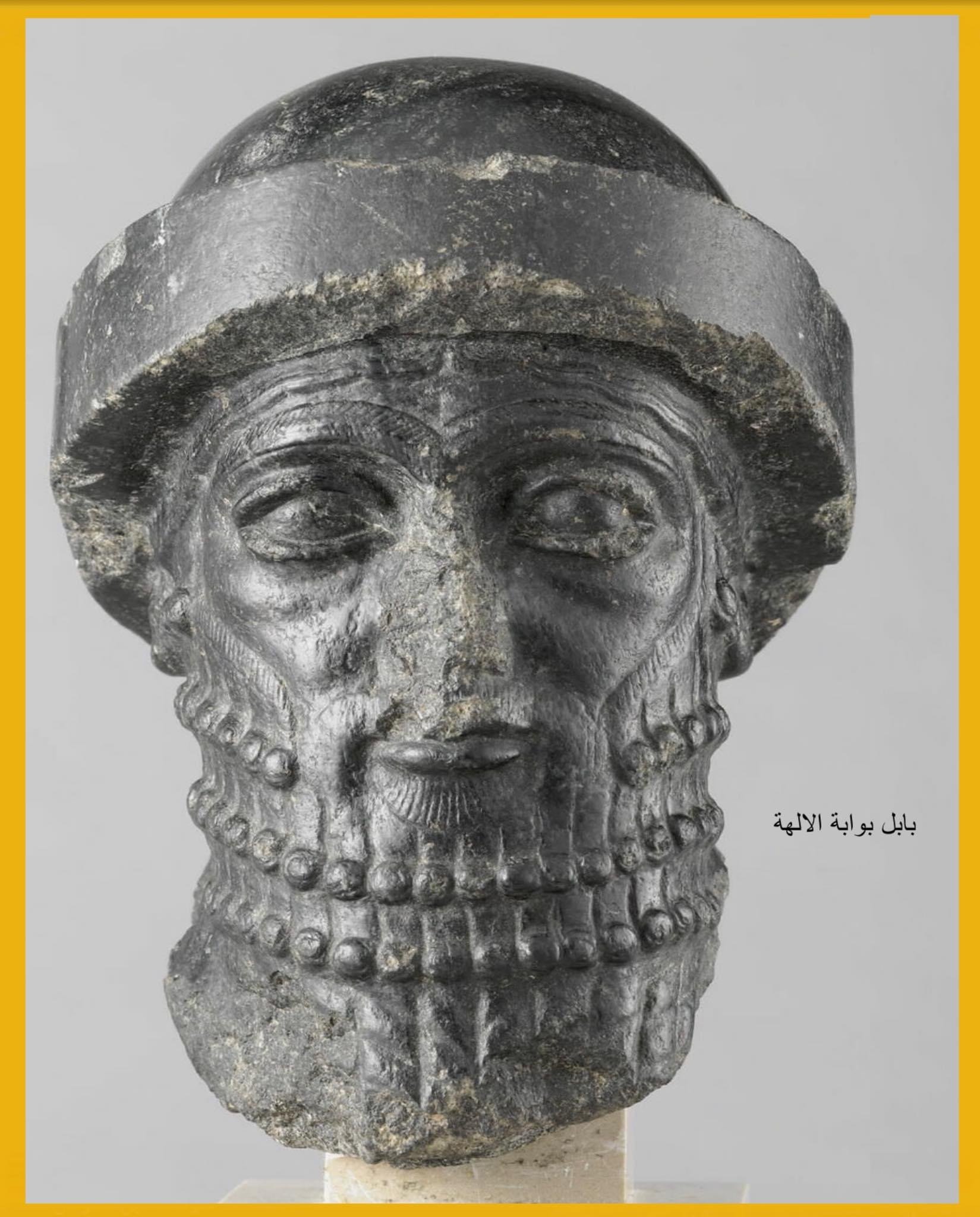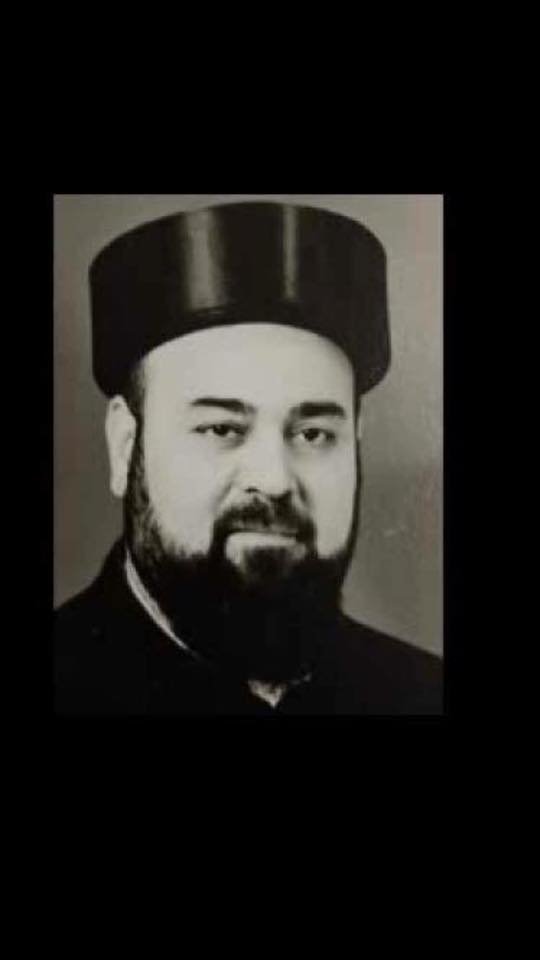The Head Cover of the Mesopotamians





From Sumerian times to today’s Chaldean clergy
By Adhid Miri, PhD
Each culture, nation, and people have their own costume which expresses its identity and represents an important part of its heritage. Clothing has its own culture and therefore, it reflects the traditions of a society and is often linked to an historic heritage.
Clothes and costumes have tales; they are tales that have symbolic meanings deeply rooted in the collective thought of groups of people. These tales cross the boundaries of geography and the logic of history to form, in some of them, a part of the national identity.
The head covering in Iraqi culture has many nuances, but ultimately it confirms prestige and status. The black and white Iraqi Shmagh, with variations also called Yashmagh, Ghutrah, Kuffiyah, Jamadani, Charrawiyah, and Kashida, is a living example of that heritage. Today, this accessory is the equivalent of a social flag.
The Shmagh
The Shmagh was invented by the inhabitants of the marshes and water bodies of Mesopotamia when the Sumerian fisherman first put the fishing net on his head to protect him from the scorching sun in the summer. After the passage of time, this piece developed into a headband with its own unique name.
Its colors and names have changed, but the current Shmagh remains as an extension of the Sumerian head covering—made in one piece, a fisherman’s net design, with water lines and fish shells attached to expel evil thoughts from its wearer.
During the spring, priests wore white clothes, and some of them put a piece of white cloth on their heads. Above it they wore a black net made of sheep’s wool to symbolize a fishing net.
With the passage of time, this headdress of the priests became attached to the Shmagh, or as it is pronounced in the Iraqi dialect, the “Yashmagh.” The wearing of the Yashmagh gradually moved from the ruling and sacred elite to become the most popular headdress in Mesopotamia and surrounding lands. In many areas, it is also called the Kuffiya (also called Kuffiyah, Keffiyeh, Cheffiyeh, and more).
The Kuffiya name can be traced back to the city of Kufa in Iraq, and it remains a traditional Arabian headdress commonly found in arid regions, providing protection from sunburn, dust, and sand. Fashioned from a square scarf, it is usually made of cotton and maintained by dual hoops called Iqal to tie it around the head.
National and political symbol
Iraqis are keen on head covers and on Kuffiya fashion. It is impossible to imagine an Arab without his Dishdasha, a Kurd without his Shawl, a tribal leader without Iqal, a Bedouin without Kuffiya, or a Sabean without the traditional Shmagh.
The headdress worn by Iraqi men has become the embodiment of Arab prestige and a status symbol worn not only by ordinary citizens, but also by politicians and dignitaries who use it to profess their political and social standing.
The Iraqi Shmagh, for example, crossed geography in defiance of complex and difficult terrain to become part of the folklore identity of the Palestinian people and a symbol of their struggle against the British occupation since the 1930s.
Preferred by revolutionaries to hide their faces in the fight against the English, the freedom fighters wore the Shmagh at night to cover their faces and heads completely, so only their eyes could be seen.
The British occupying forces were arresting everyone who wore a Kuffiya, so the leadership of the revolution issued a call to all the people to wear them so that no discrimination would be made between revolutionaries and citizens.
The popularity of the Kuffiya increased in connection with the Palestinian cause, and Palestinian president Yasser Arafat wore his when he entered the United Nations as a representative of the State of Palestine. After that, the Iraqi Kuffiya became a symbol of opposition and standing against injustice in various parts of the world, including European countries and South America.
As a religious symbol
From ancient times to this day, Chaldeans and Patriarchs of Babylon still wear a head piece called the Shash, like the Sumerian model, in black or red according to the rank of the church.
The Shash, made of muslin (gauze) and worn by the Patriarch of Babylon of the Chaldeans and Primate of the Chaldean Catholic Church, consists of two parts: A round cylindrical “tarboosh” (fez), clad in bright red if the patriarch has the rank of a cardinal and in burgundy (wine red) if he is the rank of a bishop; and the wrap. The winding of black gauze is made in such a way that the 7 edges become lightly visible, in remembrance of the 7 days of creation, the 7 sacraments, the 7 gifts of the Holy Ghost, the 7 petitions in the Lord’s Prayer, as well as the figure 7 seen in the Book of Revelation (Rev. 4:5).
As folklore
Maybe in the future, the Iraqi government will allocate a Memorial Day or an annual month in which the Shmagh will be celebrated as an important folkloric symbol. We also hope that Iraq would allocate a memorial museum for all folklore costumes, like other civilized countries and societies. Iraqi institutions should adopt the Shmagh and with it, the headband, in certain army and police uniforms.
Adapted from Wikipedia and Facebook and articles by writers Hiam Al-Khayat, Seif Salah, Qais Jawad Ali Al-Ghurairi, Abdullah Attia Shanawa, Rahim Mubarak Al-Waili, and other sources. Special editing by Jacqueline Raxter.

